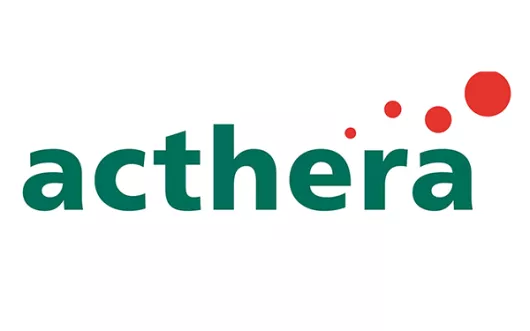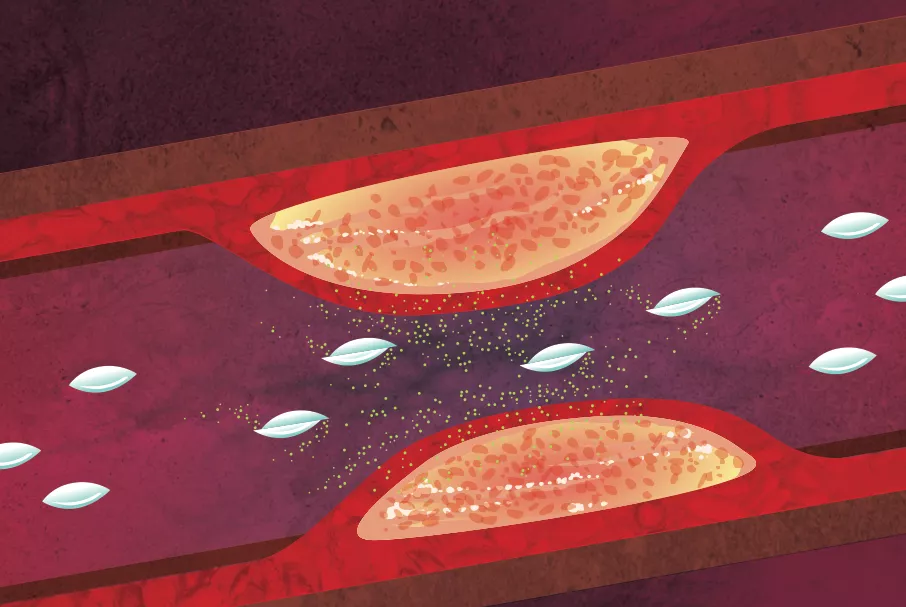Development of a new pharmaceutical drug delivery system with the help of Neutron and Synchrotron Small-Angle Scattering

Narrowing of a blood vessel – caused by sclerotic deposits, for instance – can increase the shear forces exerted on solids in the bloodstream by at least an order of magnitude.
The company Acthera Therapeutics AG (Basel) is a young biotechnology company developing synthetic lipid membrane vesicles (liposomes) that can be loaded with pharmaceutical agents that break apart when subjected to increased shear forces.
Mechanoresponsive liposomes of this kind could be used to directly target blood clots in vessels affected by arteriosclerotic narrowing, dissolving them without the need to flood the patient’s entire body with anticoagulants.
The applied material analytics of ANAXAM using Neutron and Synchrotron Small-Angle Scattering allow Acthera to obtain detailed information about the liposome morphology in a high troughput manner at various temperatures. Information such as size of the liposomes and thickness of the liposome membrane are obtained. The small-angle scattering investigations are supported by transmission electron microscopy (TEM) that allow for the direct visualization of the morphology of individual liposomes. The analytical results help to pave the way for efficient further development of mechanoresponsive liposomes for successful preclinical developments.
The analytical services of ANAXAM are part of the Nano Argovia project ForMeL, promoted by the Swiss Nanoscience Institute, an interdisciplinary collaboration with the School of Life Sciences at the FHNW Muttenz and the company Acthera Therapeutics AG.
For this customer project, ANAXAM used the SANS1 and cSAXS beamlines at the Paul Scherrer Institute.
For a recently formed start-up like ours, the analytical services of ANAXAM are an ideal opportunity to create the technical prerequisites for preclinical and clinical testing of mechanoresponsive liposomes.”


